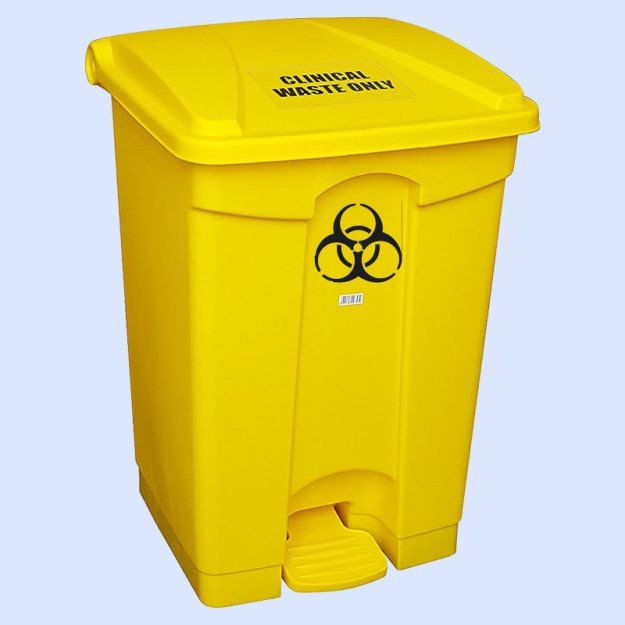Brands and Greenwashing – How to Incorporate Authentic Sustainability Into Your Brand Strategy

In November 2021, COP26 set new milestones and regulations to combat global warming. Unfortunately, for many, this wasn’t enough. Nonetheless, climate commitments made by governments have an impact on businesses and will sway brands towards more sustainable processes.
Where branding is concerned, this is important. Hundreds of global brands followed COP26 by pledging to reduce their emissions and waste by 2050. This includes giants like Shell, Starbucks and Mcdonald’s.
Authenticity and sincerity, however, are essential. Will these brands keep their promises? How can your brand avoid greenwashing and actually help to change the world? What should you look out for in adjusting your brand strategy?
Zak is a brand design agency in London focusing on innovation and authentic brands. In this article, we’ll discuss tips for balancing branding with genuine strife for a greener planet.
Sustainability as a Marketing Strategy
It’s no surprise that brands hurry to make such promises. Especially those with a younger audience will clearly see the advantages of adding sustainability to their brand strategy.
A global study found that Gen Z prioritises climate change as the third most pressing social issue. Another study in 2021 found that 83% of gen Z are concerned about the planet’s health.
Sustainability is also significant on social media, pulling 12M posts on Instagram and trending on TikTok. In addition, Gen Z has repeatedly chosen sustainable products over less sustainable ones, rewarding companies that go the extra mile.
What is Greenwashing?
Greenwashing describes when a company pays lip service to sustainability and climate-friendly action when it has repeatedly failed to back up those claims. This might seem easy to avoid, but even companies with good intentions can be guilty of greenwashing.
The practice, intentional or not, is so common that consumers often struggle to trust companies about their sustainability efforts. Interestingly, the term was coined in 1986 by Environmentalist Jay Westerveld, who commented on the decision of hotels to reduce the towels they offered to customers. This was supposedly an attempt to be more sustainable but had little environmental impact. Instead, it mostly helped save the hotel money.
Greenwashing can harm a brand’s reputation once it is publicly recognised. Any brand design agency can tell you how vital transparency and trust are to sustain successful relationships with your customers. But unfortunately, once that trust is broken, it is hard to regain.
The goal is to make a sincere effort toward sustainability without falling into greenwashing.
How to Avoid Greenwashing in Your Brand Strategy
Seek the advice of your brand design agency to steer clear of greenwashing. The issue could so significantly impact your customers’ perception of you that it should be treated with a lot of care.
Nonetheless, here are some tips to get you started.
- Avoid fluffy language. Consumers can tell when you’re just throwing around words or terms that don’t have any clear meaning. For example, “natural” or “eco-friendly”.
- Don’t use evocative pictures. Gearing branding images to evoke a green impression is a cheap way to appear more authentic and will fall flat soon. Examples include images of plants growing from plastic waste.
- Don’t try to spin products with incredible designations. Some products are simply not eco-friendly, and you should never attempt to make them look that way. Cigarettes will never be healthy, nor are lithium batteries safe for the environment. If you’re dealing with blatantly unsustainable products, it’s better to pour your efforts into how your processes reduce their impact on the environment than trying to make customers believe there isn’t an issue in the first place.
- Make your product’s sustainability benefits crystal clear. Make claims clear and easy to understand, and be specific. How is your product saving on emissions? What processes have you implemented to reduce the impact on the environment? Use particular units of measurement. If your product is only partially recycled, name the specific percentage in the product details.
- Back up your claims with facts. Report your environmental efforts honestly and transparently, and regularly update your claims and statements. Let customers see how you are evolving and your future goals, and then track these objectives with clear data. You can fall back on international standards by trusted organisations, like the ISO, or use a product footprint or true-price method to measure your impact.
- Be fair when comparing yourself to other products or companies. Only compare yourself openly to similar products to your own, like jeans with jeans. Be honest when outlining the sustainability differences to other companies, and avoid misunderstandings.
The Movement Is Bigger Than Your Brand
To avoid greenwashing and present an authentic image, remember that fighting climate change is more than just a marketing strategy. As such, honesty and transparency about your sincere efforts shouldn’t be difficult. However, don’t oversell your efforts; be realistic about what you can achieve.
Customers will appreciate your effort even if you’re not there yet. Just establish clear sustainability goals for the future and remain honest on your way to improving.
ZAK Agency is a brand strategy agency in London that can help bring your next sustainable marketing campaign on track. We specialise in brand perception, especially with today’s highly conscientious young audiences. Get in touch for a chat.

